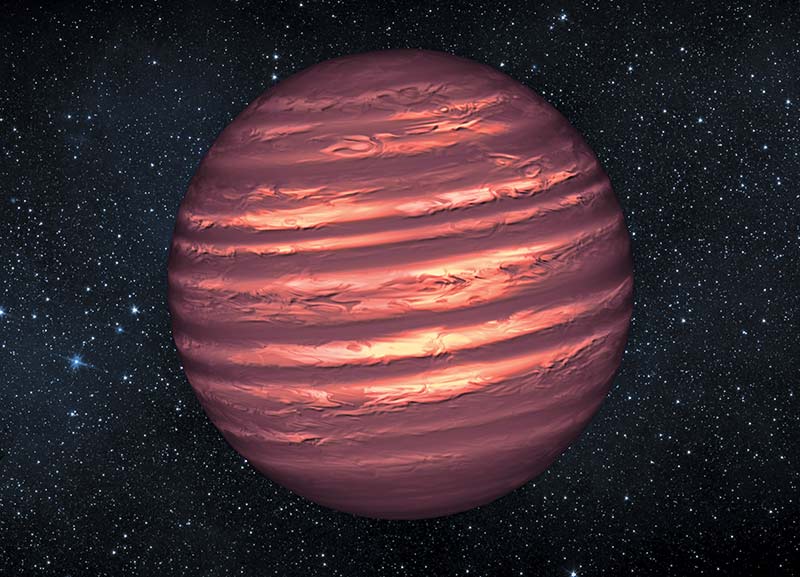

Pictures of a brown dwarf with silicate particles in its atmosphere have been captured by NASA’s James Webb Space Telescope.

Pictures of a brown dwarf with silicate particles in its atmosphere have been captured by NASA’s James Webb Space Telescope. Called VHS 1256-1257 b, this brown dwarf was first observed by scientists in 2015 and is around 72 light years away from Earth. It is approximately 19 times the size of Jupiter. In images captured previously, scientists observed a reddish shade in the planet’s atmosphere, which they wanted to study further. Researchers have now found that the atmosphere of VHS 1256-1257 b contains potassium, water, sodium, methane and carbon dioxide. They also discovered thick layers of clouds made up of silicate particles encircling the brown dwarf, which they believe have an effect on its brightness.
Did You Know?
The mass of a brown dwarf can be 13 to 80 times that of Jupiter.
Do some research online and list 5 facts about the James Webb Space Telescope.





